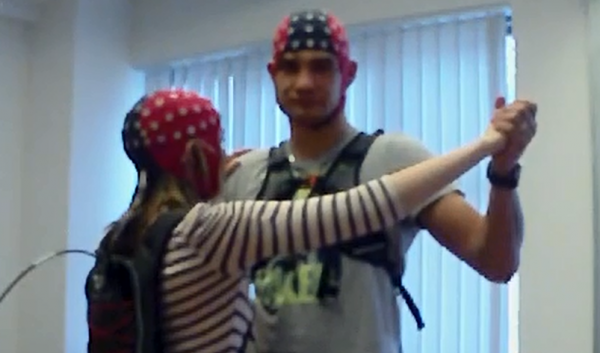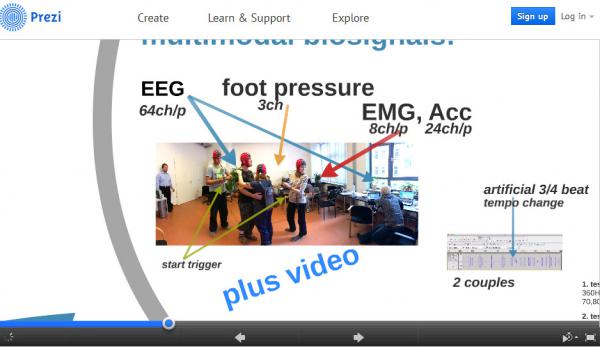- Home
- About ANT
-
Products

asa
asa is a highly flexible EEG/ERP and MEG analysis package with a variety of source reconstruction, signal analysis and MRI processing features.
.jpg)
eego mylab
The new frontier in multimodal brain research. With up to 16 kHz sampling rate, 256 EEG channels and unique software features, eego mylab gives you an unprecedented in-depth understanding of the human brain.

eego sports
eego sports offers complete freedom to collect high-density EEG data, bipolar EMG signals, and a variety of physiological sensor data, wherever and whenever required, with publish quality data in less than 15 minutes!

waveguard net
The waveguard net sets a new standard for research applications requiring high-density EEG data acquisition with quick preparation time, high flexibility, and subject comfort.

visor2
Our new and upgraded visor2 solutions integrate all the latest technologies for navigated rTMS, dual-coil navigation support, EEG-TMS recordings and pre-surgical evaluation for the highest quality in research and clinical procedures.

powerMAG ANT
The PowerMAG ANT 100 rTMS stimulator is designed for the specific needs of high-end TMS applications. Powerful high-frequency TMS as well as high precise single pulse and repetitive pulse protocols are combined in one single device.

xensor
xensor offers the solution for digitization of 3D electrode positions. xensor takes care of the whole procedure; it records, visualizes and stores positions acquired with a dedicated digitizer.

waveguard original
waveguard original is the cap solution for EEG measurements compatible with fMRI, MEG and TMS system. Use of active shielding guarantees performance in even the most demanding environments.

waveguard connect
waveguard connect EEG caps are a perfect match for hospitals and institutes aiming at reliable EEG, maximum uptime and great patient comfort! For optimal signal quality, the electrodes are made of pure, solid tin.

waveguard touch
waveguard touch is a dry electrode EEG cap. The unique Ag/AgCl coated soft polymer electrodes provide stable, research-grade EEG signals while maintaining subject comfort. The combination of these innovative dry electrodes and the industry-leading waveguard cap makes waveguard touch the best solution for dry EEG.

smartmove
smartmove allows planning of a complete TMS session ahead by defining stimulation sites based on anatomical MRI information and functional information like fMRI, PET or EEG/MEG.
Stay - References
- Support
- Events
- News
- Contact Us
You are here
Dancing for research: Recording EEG while dancing to study empathy
Dancing for research: Recording EEG while dancing to study empathy

Dancing is a good method to investigate consecutive movement changes and how they occur to be. To investigate the process of movements and the role of empathy, the researchers have used an innovative electroencephalography (EEG) system, novel in the market of neuroscience. While the couple was dancing to a simple rhythm, brain processing actions were studied in the brain. This method is a completely new territory, as EEG investigations were never before tested in real-life situations and activities. All neuroscience experiments were in the past done purely in labs. The transfer of these experiments to everyday situations is often doubtful. Many believe that by adding the word " neuro " they will gain scientific respectability. Terms like neuromarketing, neurotraining and neurolearning are very popular. “But unfortunately, many times misused, “according to Tino Schmidt of the BTU Cottbus.
The practical applications of this research results are very diverse. In the course of these experiments, a new sensor and measuring technology was developed. This way the expensive equipment could become affordable for smaller medical practices and applicable for many different settings in daily life. “Colleagues in California are investigating how to steer a wheelchair purely through the power of thought” said Professor Heinrich. Matthias Schmidt and Dietmar Henrich are investigating a shoe sole that measures and controls the balance by utilizing pressure sensors. In a later stadium this can be used for assistance of patients with balance disorders.
The research primarily focuses on the transfer of research to daily practice. How can we make the advantages of theoretical research available for people in everyday situations? The researchers from the Northwestern part of Germany are also collaborating with colleagues abroad. Professor Dietmar Henrich found partners in Palestine and Israel last year. Recently, he presented preliminary results of the Lausitz project at the ANT Neuro Meeting 2014 in Burgundy, France; followed by conferences in Vienna and Paris. Dietmar Henrich and Matthias Schmidt met at TU Dresden a few years ago when they were doing psychological experiments with magnetic resonance imaging (MTR). Professor Henrich is Professor and Dean of the Medical Technology in Senftenberg. Professor Schmidt teaches Organization and Communication Psychology at the University of Applied Sciences Zittau / Görlitz.
See the presentation with preliminary results as presented at the ANT Burgundy Neuromeeting 2014: https://prezi.com/ykgvk_ncrm0c/

 Read more
Read more.jpg)





